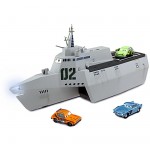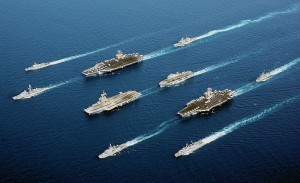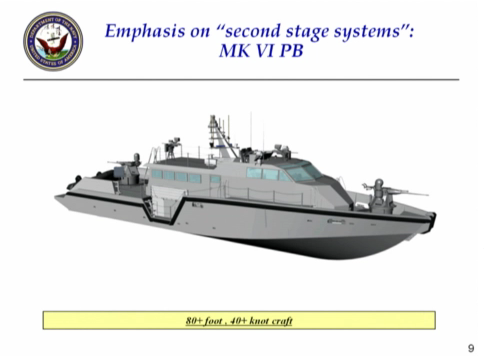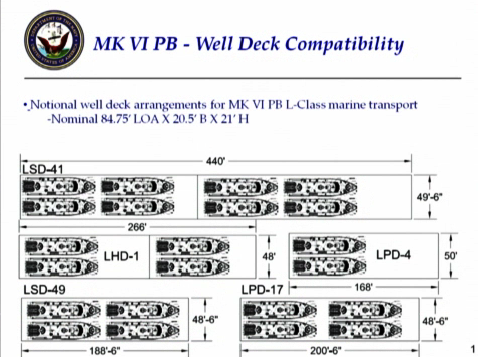 What do kids do when they get new set of Legos? Immediately start construction. Maybe in the beginning they will follow the assembly instructions, but soon discipline breaks and creativity wins. LCS, thanks its modularity, resembles a Lego set in some respects. As Christopher Cavas noted on Information Dissemination:
What do kids do when they get new set of Legos? Immediately start construction. Maybe in the beginning they will follow the assembly instructions, but soon discipline breaks and creativity wins. LCS, thanks its modularity, resembles a Lego set in some respects. As Christopher Cavas noted on Information Dissemination:
Will some of the mission equipment not work well? Probably. Have something better? No problem. Change it. Bring stuff in and install it, ship stuff out, bring in different stuff.
While awaiting finalization of already defined mission modules, why not think about additional ones? For example, the SuW module has been designed to counter swarm attacks, based on experiences from Middle East operations. It would probably work well in Strait of Hormuz or even in Far Seas as defined by Dr. Andrew Erickson. But would it be as effective in China’s Near Seas? Later at Information Dissemination, Wayne P. Hughes summarizes his arguments in favor of distributed offensive power and risk. LCS is not conceptual like SeaLance, but installing Harpoons as a part of next SuW module could be a step in line with his reasoning.
ASW is another example. Although it stands for anti submarine warfare, is the conventional submarine the only underwater enemy of the future? If US Navy is pursuing autonomous robot projects, we should assume that our opponents are doing the same. The question arise what will be the best defense against future armed Bluefins or underwater gliders turned into intelligent mobile mines? Even if not armed, underwater robots are dangerous as scouts providing enemies with essential information. Will we need anti scouting module as well?
Recognizing all the challenges related to their development, inventing new modules seems to be unrealistic. Here our analogy could again be helpful. The inspiration for the whole concept of modularity came from Denmark, as did Legos. What Danes did with their StanFlex modules to minimize complexity and risk, was to take EXISTING systems and packed them into standardized container, a true Lego approach. So let us allow our creativity to wander, under subtle supervision of reason.





